 Are YOU a Likely candidate for Traction Alopecia?
Are YOU a Likely candidate for Traction Alopecia?
Anyone can be affected by traction alopecia – young or old, male or female. It’s more common within certain groups of the population, because they are more likely to use some of the hairstyling techniques listed above.
The reason I raise this article is because we are all living longer and some of the current fashionable trends in the younger groups are contributing to traction alopecia. Read about Clip ins and how they cause Traction Alopecia
For example, women and girls are more likely to notice the problem due to braids and weaves. Ballerinas – who tend to wear their hair pulled into very tight ponytails – sometimes suffer from traction alopecia around the hairline as a result.
In a nutshell – if you have a habit of doing something on a frequent basis that puts your hair under some sort of strain, then you are a candidate for traction alopecia.
Read on to discover the many ways you can prevent it from happening, or stop further damage if you’ve already noticed a problem.
Traction Alopecia Symptoms
Have you ever undone a ponytail and found your scalp feels sensitive to the touch afterwards?
Does untying your hair feel like a relief?
Does your scalp itch after you’ve had braids or a weave put in?
Have you ever taken painkillers because your hair is secured so tightly it’s given you a headache?
All of these are warning signs that your hair is under way too much tension. Your body is trying to tell you something… and you need to listen!
If not, the next thing you’ll notice is that sections of your hair are actually missing, or worryingly sparse. You can often see this more clearly around the hairline or behind the ears, but it can often happen around the crown, too. It really depends on what was causing the tension in the first place.
Some people even notice pustules (blisters filled with pus) or papules (little pimples) where the hair is under a lot of tension. This is because of the irritation being caused to the scalp and is a clear indicator that the follicles just can’t cope with the strain.
Can Traction Alopecia be Reversed?
Yes and no.
If you spot the warning signs of traction alopecia early enough and you put a stop to whatever’s causing it, then your hair will stop falling out and should – with time, patience and loving care – be completely restored to its former glory.
But if the hair follicles have been so badly traumatised for such a long period of time that they have scarred over, then the hair will not grow back by itself. Areas of the scalp where this is the case will likely look shiny.
In cases like this, you’ll need to think about some sort of surgical restoration – speak to your dermatologist to establish whether or not your traction alopecia has caused permanent scarring and to discuss the surgical options available to you.
When Traction Alopecia Compounds Other Hair Loss Problems
If you are wearing a hairpiece – such as a clip on topper – to mask other hair problems like androgenetic alopecia, then you need to be very careful not to compound your problem with traction alopecia!
The best option is to ensure that the clips of your topper are firm, but not too tight, and that you rotate them. We also recommend undoing a couple of the clips when you’re at home – it gives your scalp a little rest from the tension.
Traction Alopecia Recovery Time
Most experts agree that your hair should recover within 6 to 9 months of you removing the cause of the problem.
If you’ve followed the guidelines given here and you are still not seeing regrowth, then it’s likely that the damage to your follicles was permanent – a fact your doctor/dermatologist can confirm. In that case, you might like to discuss the possibility of a hair transplant, which will effectively mask the problem.
What are the Causes of Traction Alopecia?
Traction alopecia is a type of hair loss that happens over time. It’s caused by putting the hair under constant strain or tension and is usually caused by one or more of the following…
- Very tight ponytails or pigtails
- Tight braids or cornrows
- Dreadlocks
- Extension (single) braids
- Hair weaves or wigs attached with glue, clips or tape
- Certain hair clips, slides or barrettes that hold the hair tightly and are worn in the same position every day
- Headbands – even fabric ones – worn day after day
- Tight hairpieces
- Tight headgear like cycling helmets that are worn frequently or for long stretches of time and tend to rub or pull repeatedly on the same area of hair
- Repeated use of hair rollers
- Repeated pulling of the hair with the hands (this is an emotional condition called trichotillomania)
If you use or do any of the above, then you may find that the constant tension they cause has led to areas of thinning hair – usually around the temples or behind your ears. Alternatively, you might notice that the part in your hair looks wider than it used to.
If so, then it’s quite likely that you’re suffering from traction alopecia.
There’s more to this condition than hair simply breaking off. Instead, the constant tension in the affected area either pulls out the hairs’ roots completely, or causes the follicles to become inflamed. As time goes by, the damage to the follicles causes them to become atrophied (wasted away)… and if you don’t put a stop to the cause of the problem, they will reach the point where they no longer produce hair at all.
Reference: DermHairClinic – Traction Alopecia
Traction Alopecia Treatment
As discussed above, ‘treatment’ for traction alopecia is only effective before you’ve arrived at the stage of permanent damage.
But the good news is that ‘treatment’ – if you’ve caught the condition early enough – can be as simple as changing whatever hair styling and hair care practices you were using and really learning to CARE for this precious asset… your hair!
Wearing a weave
One of the biggest ironies about traction alopecia is that it’s the most common cause of hair loss for women wearing hair extension is due to the application being too tight when weaves and hairpieces are applied… yet those weaves and hairpieces are often used in the first place to enhance hair that may seem thin, or lacking in volume.
Weaves are generally applied through braiding, fusion, netting or bonding – and the sad fact is that any or all of these methods can lead to traction alopecia if used extensively, over long periods of time.
To minimize the risk of traction alopecia, or to try to prevent further damage and encourage regrowth, have your weave fitted by a state licensed professional. Yes, it may be more expensive, but you – and your hair – are worth it! Someone properly trained in hair care will keep damage to a minimum and will be able to spot potential problems and nip them in the bud.
The same goes for hair extensions, which can also cause hair loss problems in the lower half of the scalp. Have them fitted by a trained professional – don’t try to fit them yourself or have a friend do them for you.
Speak to your hairdresser about taking care of your scalp – some women find it difficult to maintain good scalp hygiene because the weave or extensions make it awkward… unfortunately, though, this can make the problem of traction alopecia worse.
When chemicals are the culprits
There’s a kind of alopecia called CCCA (central cicatricial centrifugal alopecia), also known as hot comb alopecia, or follicular degeneration syndrome. It’s almost exclusively seen in African American women and it’s often confused with female pattern baldness, because it starts at the crown and spreads to the surrounding areas.
The cause?
A mixture of too much stress (traction) on the hair along with the use of harsh chemicals like dyes, relaxers and bleaches. The chemicals actually damage the keratin structure of the follicle itself, causing hair LOSS, not just hair damage.
In fact, research conducted in 2008 showed that the highest prevalence of traction alopecia was in women with relaxed hair.
If you suspect this is a condition that’s affecting you, speak to your dermatologist. In addition to removing the cause of the traction and stopping the use of chemicals in your hair, you may be tested for any bacterial or viral infection and possibly be prescribed topical steroids, antibiotics or topical minoxidil to encourage regrowth.
NOTE: If you must use a relaxer on your hair, have it done professionally. Specialists are seeing more and more problems caused by home relaxer kits, because it’s tempting to leave the chemicals on longer than necessary, or accidentally use a stronger formula than you really need. (Make sure they have been certified)
Braiding, ponytails, pigtails and locs
The 2008 research into the prevalence of traction alopecia in African girls and women showed that braiding caused more problems than chemicals (although the two together were worse still).
 Constant, tight braiding – or other styles like ponytails that place hair under chronic tension – can affect any ethnic group. So it’s very important to take a new approach to styling hair that doesn’t rely on placing the hair under extreme tension.
Constant, tight braiding – or other styles like ponytails that place hair under chronic tension – can affect any ethnic group. So it’s very important to take a new approach to styling hair that doesn’t rely on placing the hair under extreme tension.
The ideal solution, of course, is to allow the hair to be completely natural, without using any kind of clips, slides or ties.
The reality, though, is that this just isn’t possible for most of us. Our hair may either be unmanageable and wild looking when allowed to ‘do its own thing’ – or, like us, you may live in a climate where it’s simply too hot to have your hair hanging around your face all day.
The answer is that you can continue to secure back your hair, but you MUST change the way you do it from one week to the next. Traction alopecia is usually the result of CONTINUALLY putting the hair under EXACTLY the same tension in the same place, day after day.
How to Avoid Traction Alopecia (and still have beautiful hair!)
Avoid using clipped in ponytails – the weight of them can – quite literally – tear out your hair.
Always use fabric covered hair bands – avoid bare rubber bands like the plague! And remove bands, clips and ponytail holders from the hair at night – this is when you may be putting your hair under tension without even realizing it.
Invest in satin pillowcases. They cause less friction on your hair than cotton or nylon ones – and, as an added bonus, they’re believed to help reduce wrinkles too!
Change the location of your partas often as you can. Even a simple part in the hair can trigger a problem when worn in the same position day after day.
Don’t retwist the roots of dreadlocks – watch this video for first-hand experience of how damaging this can be!
If you use hairspray or hair gel, wash it out before you next brush your hair.Brushing dried hairspray and gels out of your hair is damaging to the shaft and may cause further hair loss.
Make sure your hair is hydrated. If you’re in a dry climate – or you use air conditioning or central heating – the lack of moisture in the air can make your hair brittle and more likely to break
http://http://issuu.com/dianeshawe/docs/course_prospectus_hair_loss_consult



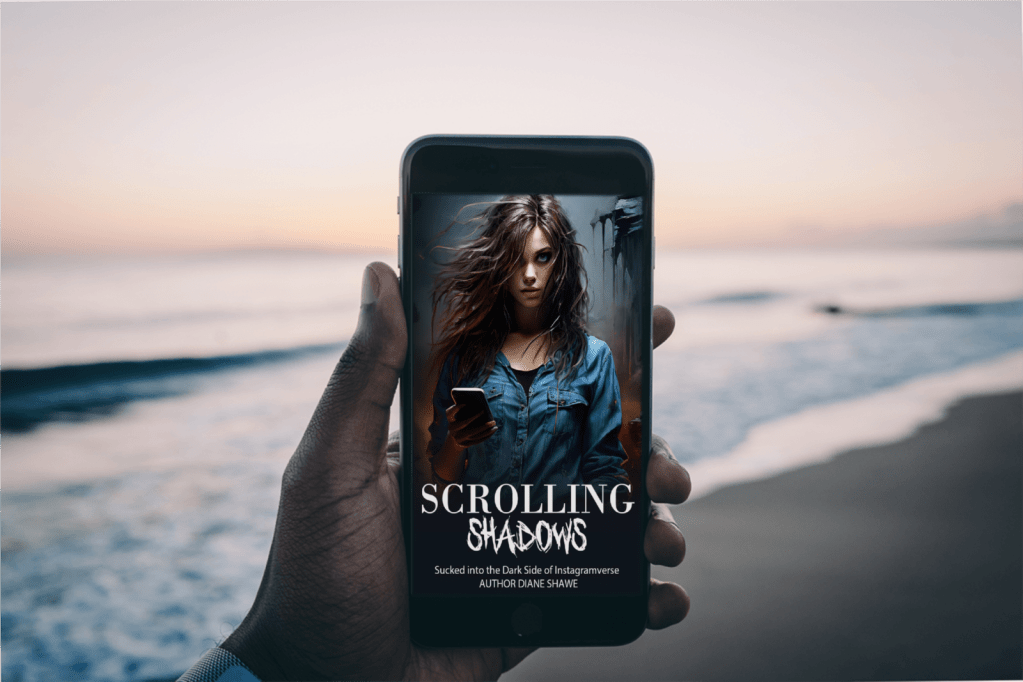
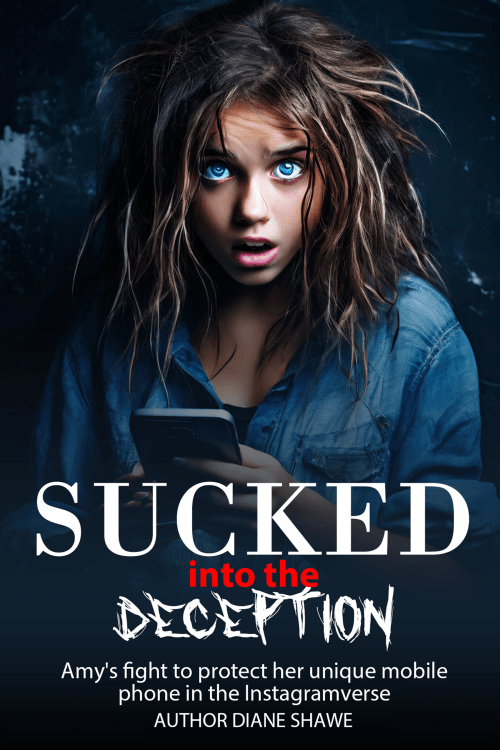




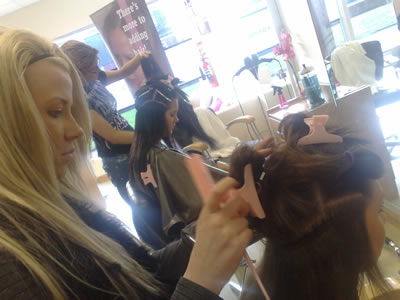
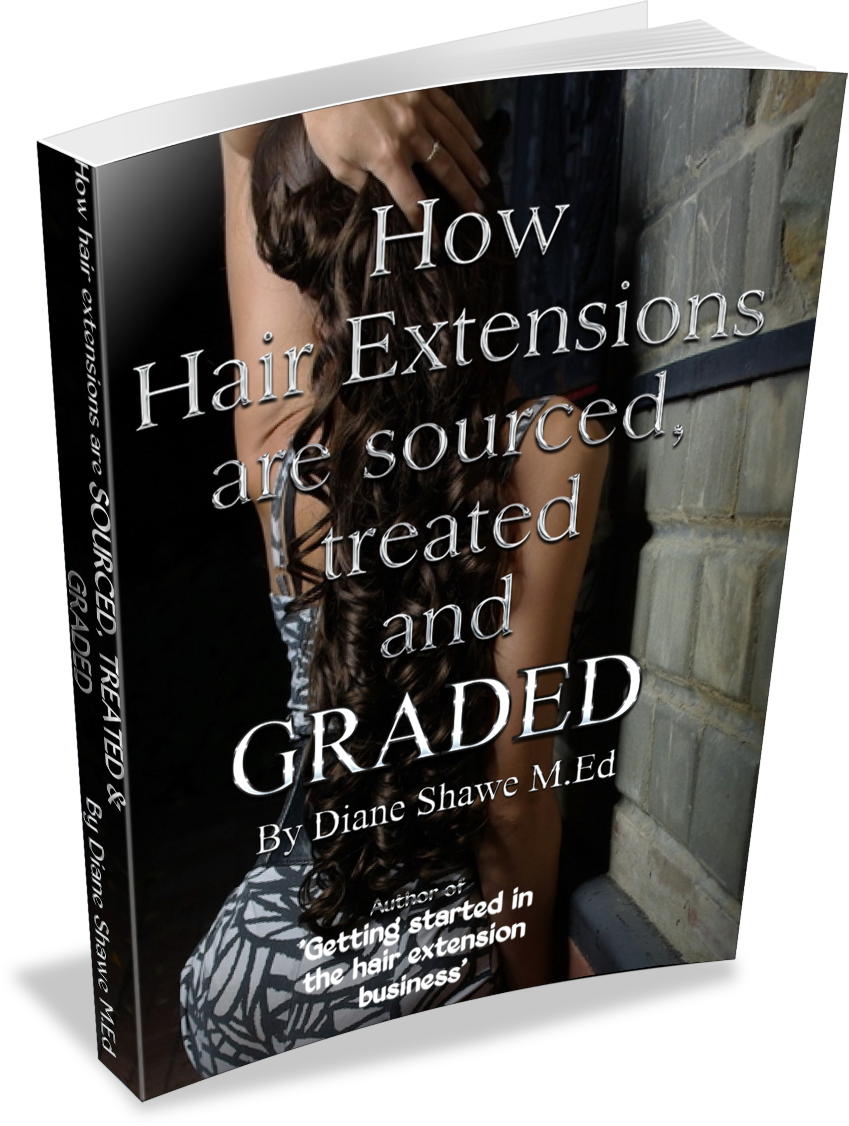






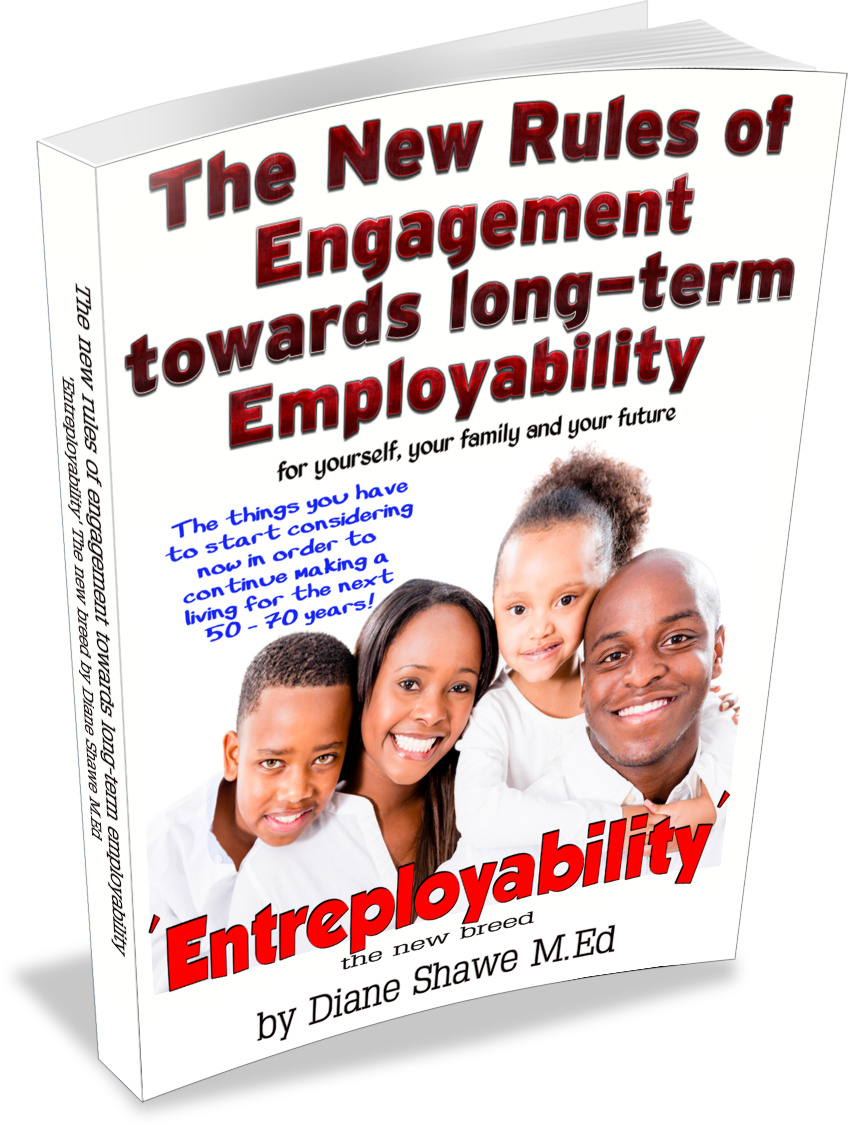
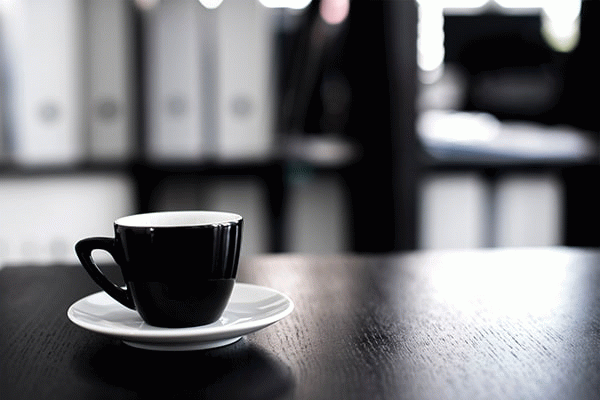







Today I completed the full day latch and loop hair extention course with Diane Shawe (creator of the latch and loop technique)
“Will u get better value for your money else Ware ???
I challenge you to try !!
But I doubt it” ….
Ware else will you get an inspiring real life success story ,delivered by the inovator of a leading edge technique ..” Diane Shawe:
A lady who has clearly made a career ,business and teaching model out of hair extention techniques.
A Lady who tips up to class in the wickedest pair of stilettos, taloured suit and amazing hair ha ha ,she sets the standards for how far you can really go in this business .. sharing her prrsonal journey of over 28yrs of trials, errors and experience in this field.She opens up the concept of marketing and advertising strategies that are simple yet affective in gaining and maintaning your clients base .
This course is not only on the leading edge of hair extention technology( loop &latch) . It covers all the other variations that are used within the field And the potential that this sector offers even in a massively growing market.
If you are wearer of hair extentions a stylist beautician or maybe a newbie …
You have nothing to loose and everything to gain from attending one of Dianes courses
Delivered at an in depth level giving you enough knowledge of your product, technique & understanding of your trade ,standards , and client base.
Add proper practice, and mastering your new skill …
You will be equipped to go out their into a competive market and absolutely smash it!!!! ( with or without previous experience)…
even if you only learn this 1 technique….
I doubt you will find the teaching quality product knowledge and course content on any other course.
And I’m sure that’s the reason why so many try and fail within the industry ,
Moreover given the guidance and the business acumen Dianne delivers ..
From a good old manc lass it’s a big 5 *
This course is the “bomb!!!
Iim absolutely buzzing ive done it and It’s a big well done to AVPT and Diane Shawe for coming up with courses like the latch and loop
On wards and upwards Diane
See you soon I’m deffo returning for more training
J X